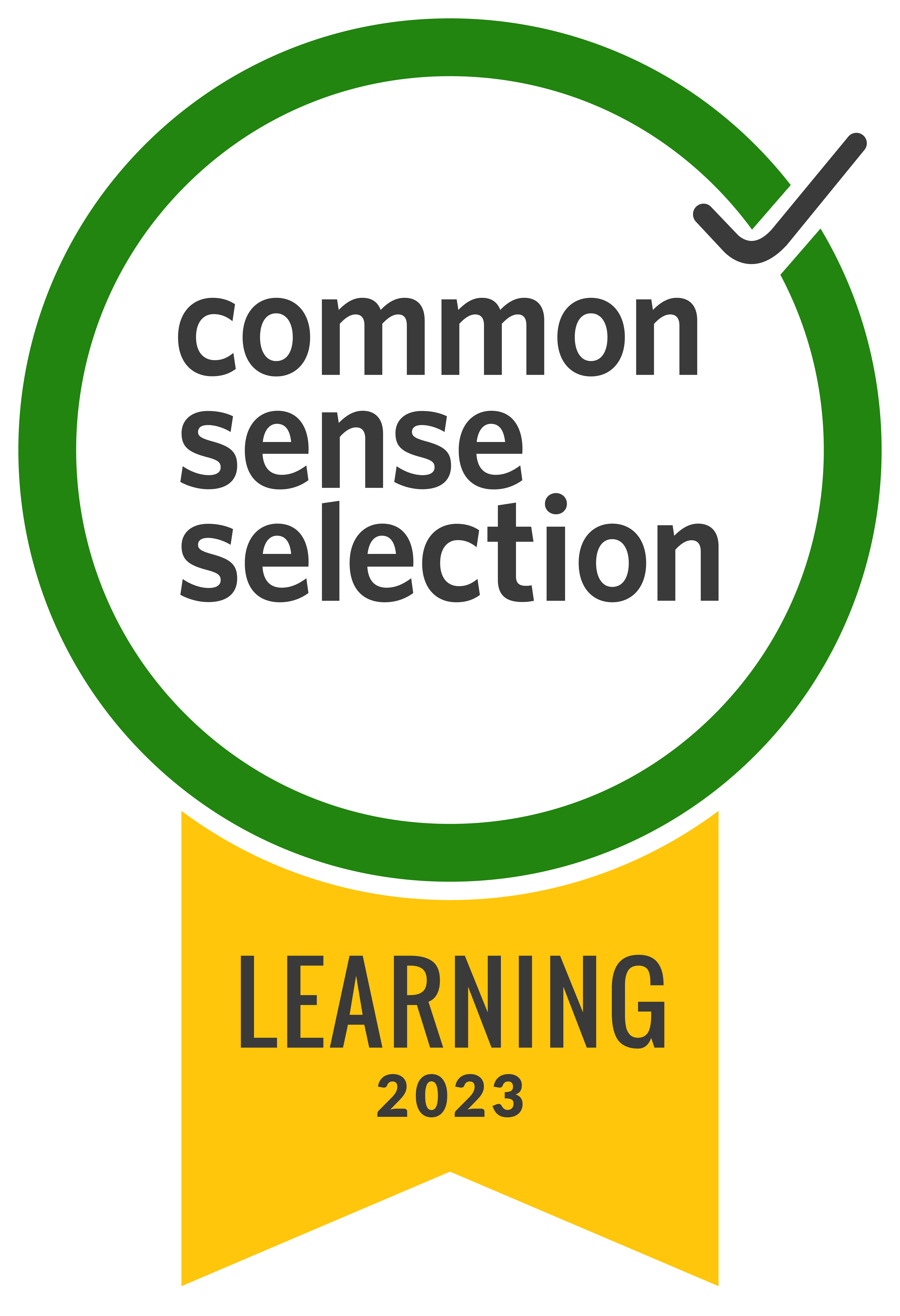Flipped classrooms are taking over and we are here for the movement!
The idea is simple: students learn key concepts at home (often, but not always, by watching videos). Then, when they get to school, they apply their knowledge through hands-on projects and assignments.
The flipped classroom model allows teachers to spend more time checking for understanding ✅ and less time teaching at a “one-size-fits-all” pace.
Ample evidence suggests flipped classrooms increase student engagement. Now, a new study indicates that flipped classrooms may also increase content retention and student grades.
A forward thinking professor at Northeastern University, Leslie Day, decided to flip her collegiate “Gross Anatomy” class. In her traditional classroom setting, students’ grades and content knowledge were below average (gross, if you will…) but a simple classroom flip produced a dramatic change.
These findings are huge: Here are three key takeaways from her research.
1. Students’ grades increased 📈
At the start of her research, students earned a “B” average. After the switch, students ended up with a class average of a “B+.” While grades don’t always prove understanding or mastery of a subject, this does indicate that students had a better grasp of the content after the flip.
2. Low achieving students’ knowledge REALLY increased...long term! 🚀
Students who were classified as low-performers earned grades in Kinesiology that were four percentage points higher (on average) than grades earned by similar students who did not participate in the flipped classroom. This suggests that, for struggling students, flipped classrooms are particularly impactful on long-term content retention.
3. Students’ individualized attention increased
Since students learned key concepts at home, class time was reserved for applying content and asking questions. As a result, the professor had more opportunities to identify misconceptions and help students work through what they misunderstood individually.
Flipped classrooms and blended learning, when done well, can dramatically improve student outcomes. Having students watch a screencast of your lesson at home and come to class ready with questions may be the missing link to improved student results.
Join our community of screencastin’, class flippin’ educators on our Twitter to learn and share tools and tactics for educational gains.
.svg)







